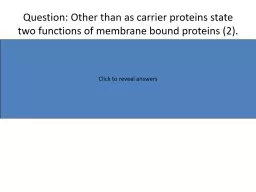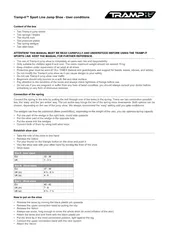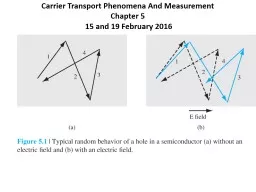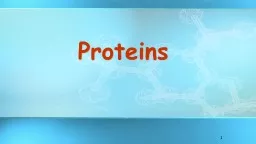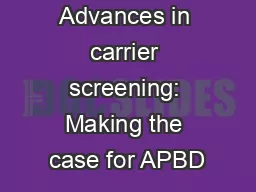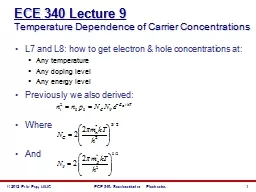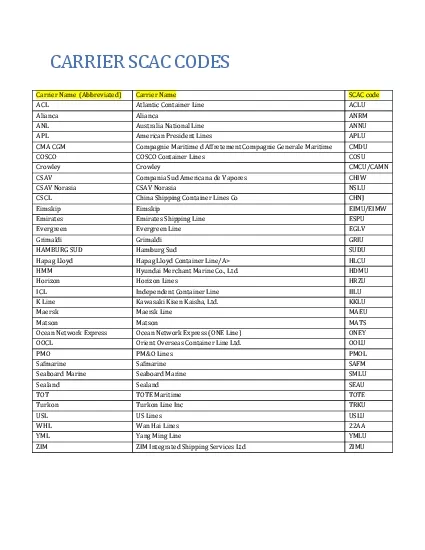PPT-Question: Other than as carrier proteins state two function
Author : alexa-scheidler | Published Date : 2017-08-03
Receptors Enzymes Structural attached to microtubules Click here to hide answers Click to reveal answers Cholesterol in cell membranes Cholesterol is a type of lipid
Presentation Embed Code
Download Presentation
Download Presentation The PPT/PDF document "Question: Other than as carrier proteins..." is the property of its rightful owner. Permission is granted to download and print the materials on this website for personal, non-commercial use only, and to display it on your personal computer provided you do not modify the materials and that you retain all copyright notices contained in the materials. By downloading content from our website, you accept the terms of this agreement.
Question: Other than as carrier proteins state two function: Transcript
Download Rules Of Document
"Question: Other than as carrier proteins state two function"The content belongs to its owner. You may download and print it for personal use, without modification, and keep all copyright notices. By downloading, you agree to these terms.
Related Documents

